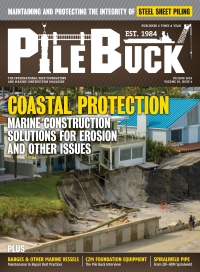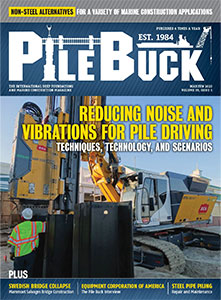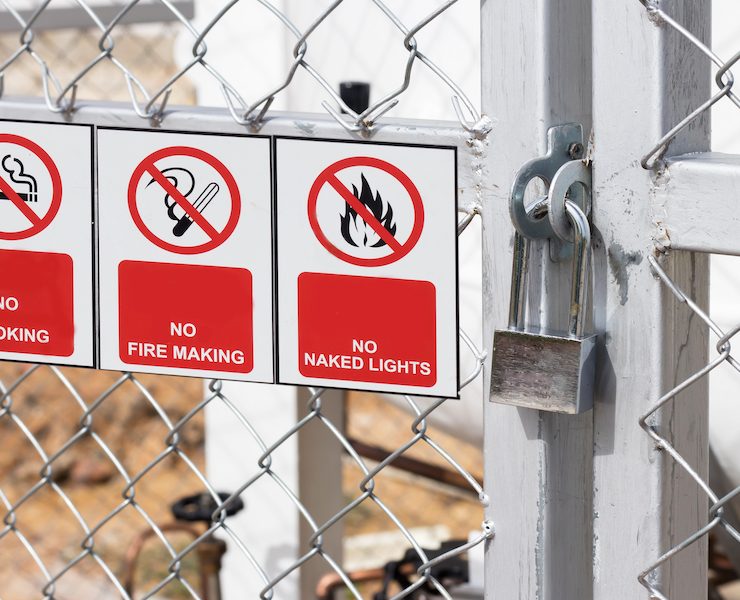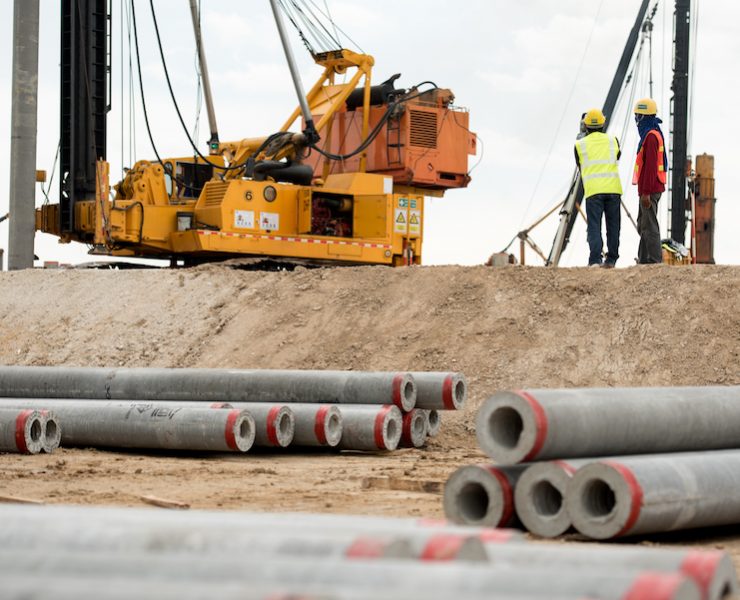Accident Management Tips For Contractors
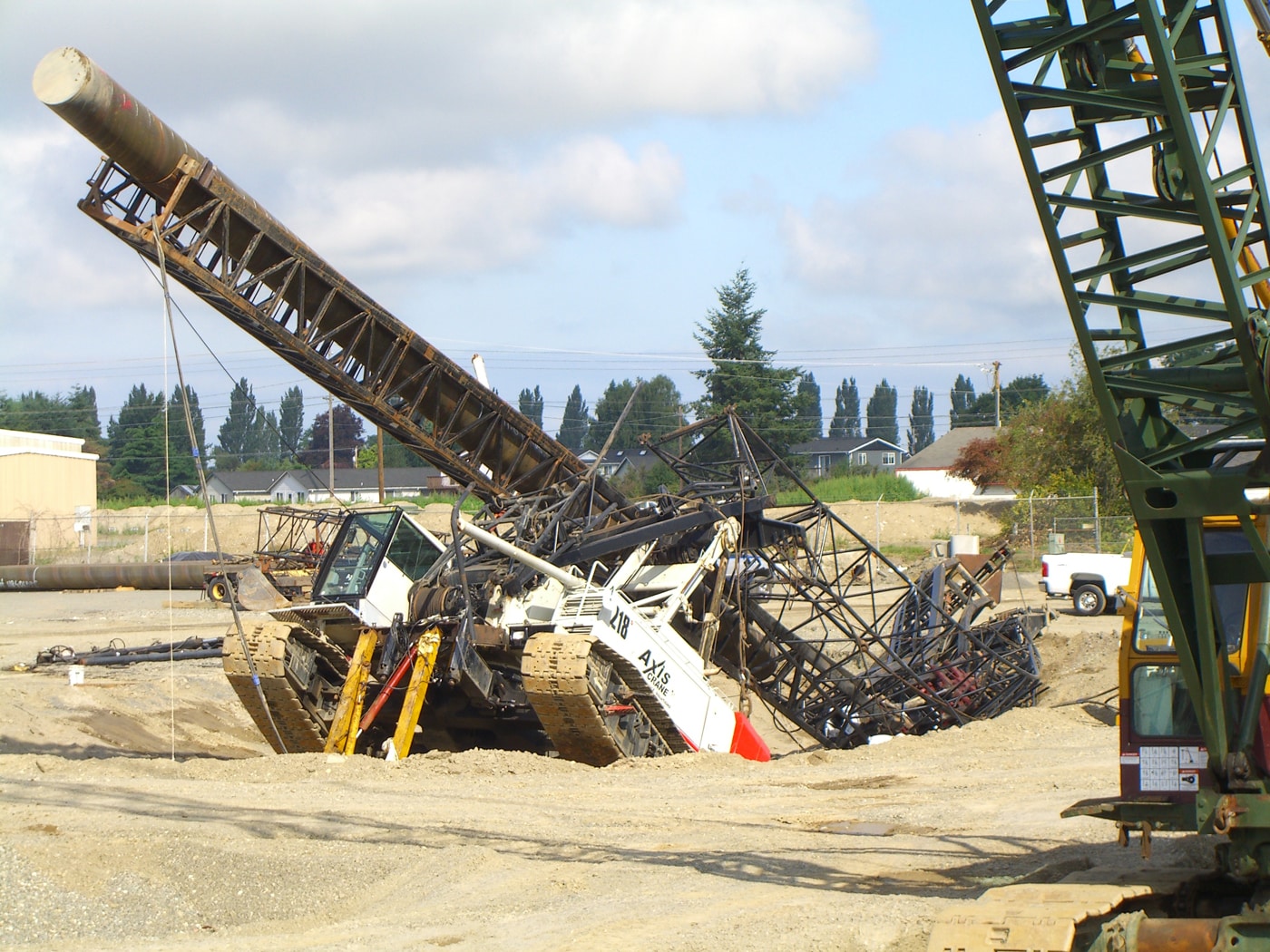
Click here to read the complete article.
by Kevin Cunningham (HIIG)
When considering the complexities involved with pile driving operations on any given jobsite, having certain pre-determined quality controls in place for effective accident management prior to beginning your projects can prove to be one of the most important elements needed to protect your interests when accidents occur.
CONSTRUCTION JOBSITE FATALITIES ON THE RISE
According to recent data released from the U.S. Department of Labor, the number of US construction workers killed on the job rose 5% in 2012. The preliminary report by the Labor Department’s Bureau of Labor Statistics found construction to be the deadliest industry in the U.S. with 775 construction workers fatally injured in 2012, compared with 738 in 2011.
Since it is recognized that crane equipment is typically the “work horse” for most pile driving operations, very often the heavy equipment company is burdened with some or all of the blame when construction fatalities occur.
Considering the recent growth in the construction economy, many new hires are added regularly to new and ongoing construction projects that will increase accident exposure to pile driving companies every day. Therefore it is a logical assumption that pile driving organizations need clearly defined quality controls specific to accident management to best protect their interests when accidents occur.
RAPID RESPONSE PLAN
When each of your employees are aware that you require their immediate attention and follow through with your rapid response plan when accidents occur, you will have set in place one of the essential ground works for quality control in pile driving accident management. Logically this process starts with you as the owner/senior executive and naturally proceeds to project superintendents, foremen, etc., and should include a specific assignment for risk control leaders on every project.
Upon notice of serious accidents involving your pile driving equipment, one of the first rules of thumb in effective accident management is to assess all potential immediate danger to injured or trapped persons. As someone calls the authorities, determine if your equipment and any affected structures are secure and it is important to recognize the potential hazards to the rescue personnel before they arrive.
Many companies include their insurance carriers’ legal counsel in their rapid response plan to enhance quality controls in accident management for additional “boots on the ground” resources to protect your interests.
Time is of the essence is the guiding principle. The pile driving company should establish a legal counsel coordinated investigation to insure that accident management decisions/communications are subject to the attorney- client, work product and material prepared for litigation privileges. The best experts need be retained promptly before the other parties retain them. Contact must be made with OSHA and local building departments to insure document/witness interview requests are responded to properly and coordinated to avoid antagonizing these agencies without prejudicing the pile driving company/insurer interests. These activities in the initial hours/days of the incident, which cannot be duplicated in the future, will benefit your company/ insurer in the subsequent litigation that often follows the incident.
The next key elements in your rapid response for quality control in pile driving accident management are to prevent nonessential personnel from entry to the accident site and being prepared to deal with the media. Both of these steps will assist you in preserving the site and your company’s reputation prior to your formal accident investigation.
When the media shows up, the most effective way to deal with this element is to have a designated person to give them a short statement. Only communicate minimal facts with no speculation, as most likely your statements will become major news shortly after your designated PR person makes comments to the Press.
PRELIMINARY INVESTIGATION
This step is critical to protect your interests. The ideal method involves your immediate engagement with insurance company legal resources and obtaining witness statements and accident scene photos. When these steps are executed in conjunction with insurance carrier legal resources the findings can be protected under your attorney-client work product privileges.
When obtaining witness statements try to acquire basic facts within an hour after the accident occurs because recollections tend to change as time passes. Separate all witnesses during the interview process to be sure their perspective has not been tainted. Also, be sure to let witnesses tell their story and never lead the witness or try to find the proverbial “smoking gun.”
If there is potentially serious bodily injury and/or property damage involved in the accident, the ideal scenario to best protect your interests is to obtain careful measurements and pictures and to record everything you can see at the accident site. This can be done by working with your insurance company to retain a forensic cause & origin accident investigator and/or professional engineer familiar with pile driving and crane equipment operations.
By utilizing a professional engineer who is knowledgeable about “heavy iron” works for preliminary cause & origin, critical elements such as boom length, angles, vertical tolerances, wire rope condition, etc can be determined and protected as part of your legal process.
Site preservation and documentation is paramount to effectively and correctly documenting the evidence in order to determine factors causative of the accident. The larger the site, the more difficult the task. The use of High Definition 3D Laser Scanners is becoming commonplace in the industry that can be converted into an accurate and indisputable CAD representation of the scene and location of all the critical components. Arrival on site within 24 hours is preferable but no later than 48 hours to document the site. Assistance by the pile driving client is extremely important to immediately begin to take photographs of the overall site/scene and then generating sequential shots as each becomes more detailed. If the evidence is not documented immediately and accurately, critical details of causation fade.
EXPANDED INVESTIGATION
Capturing as much detail as possible in your expanded investigation will better protect your interests than limiting the scope of your investigation. More often than not, something that may seem unimportant at the time will later prove to be of notable worth to protect the integrity of your company, the investigation outcome and possibly your company’s relations with your customers.
An integral element of your expanded investigation will be to record all data from your equipment’s computer. Typically you will need to collaborate with the manufacturer or distributor to execute this step. By utilization of previously mentioned legal and forensic experts they can support your findings as a witness to the recovered data. Be cautious about potentially losing the last configuration data when the key is turned on to avoid your equipment’s computer going into reset/ default where you can lose this critical data… hence the need for a manufacturer or distributor technician being present.
Equipment maintenance records will become critical aspects of the overall expanded investigation and congruous maintenance logs have proven to be helpful especially with any Below the Hook (BTH) lifting devices, particularly ones that use friction to clamp sheet piling.
One of the major factors in expanded investigations will be determining the qualification of equipment operators. Notwithstanding all the current controversy about operator certification, company owners must face the fact that validation of operator credentials and capabilities can make or break an accident investigation, even when the operator did nothing wrong Proper and current documentation on file for both equipment and operators will be critical elements for effective accident management.
MOVING AND EQUIPMENT DISASSEMBLY
Removing your equipment from the accident site can be the most arduous part of accident management. Therefore it is highly recommended that you instruct your insurance carrier to include a registered professional engineer for this element to protect your interests.
The engineer will calculate the proper center of gravity for equipment up righting and any peculiar rigging applications typically needed for lifting damaged or bent crane equipment components. Most engineers will design complete attachment of the rigging so it will not slip or break off from the section of the damaged equipment. Additional securement of any counter weights during the up-righting process is recommended to avoid being pulled off in the up righting steps.
There have been many additional accidents when disassembling bent booms and jibs so it is prudent to oversize the assist cranes involved in accident moving and disassembly to avoid sudden shock loading.
Click here to read the complete article.
What are the quality control components for effective accident management prior to beginning pile driving operations?
Rapid Response Plan - Preliminary Investigation - Expanded Investigation - Moving & Equipment Disassembly











